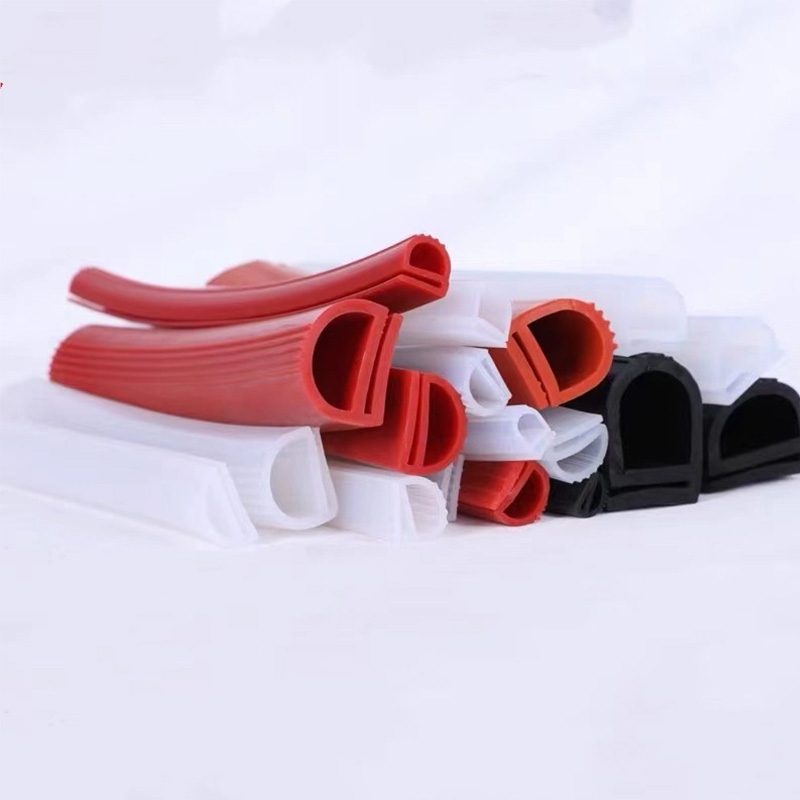Choosing the Right Bath and Shower Seal for Optimal Water Protection
The Importance of Bath and Shower Seals A Comprehensive Guide
When it comes to home maintenance, one area that often gets overlooked is the bathroom. Among the various components that contribute to a bathroom's functionality and aesthetics, bath and shower seals play a pivotal role. These seals, typically made of silicone or rubber, are designed to prevent water leakage and protect the surrounding areas from moisture damage. In this article, we will explore the significance of bath and shower seals, how to maintain them, and when to replace them to ensure a long-lasting, leak-free bathroom experience.
The Function of Bath and Shower Seals
Bath and shower seals serve multiple purposes. Primarily, they act as a barrier between the water in the bathtub or shower and the bathroom floor or walls. Without proper sealing, water can seep into areas that are not designed to handle moisture, leading to mold, mildew, and structural damage. Additionally, seals contribute to the overall look of the bathroom, providing a clean and finished appearance.
A well-installed seal can significantly reduce the likelihood of water damage, which, if left unchecked, can result in costly repairs. These seals are typically positioned around the edges of the bathtub, shower tray, and sometimes along the walls where the fixtures meet the surfaces.
Choosing the Right Seal
Selecting the appropriate seal for your bath or shower is crucial. While there are various types available, silicone-based seals are popular due to their excellent waterproofing properties and flexibility. They are resistant to mold and mildew, making them suitable for high-moisture environments like bathrooms.
When choosing a seal, consider factors such as the material, width, and color. Opting for a seal that matches the style and color of your bathroom fixtures can enhance the aesthetic appeal. Additionally, make sure the seal is UV-resistant if your bathroom receives ample sunlight, as exposure can degrade some materials over time.
Installation Tips
Installing bath and shower seals can be a straightforward DIY task if done correctly. Here are some basic steps to follow
1. Preparation Remove any old seals using a utility knife or scraper. Ensure the area is clean and dry, as this will help the new seal adhere properly. 2. Measure and Cut Measure the length of the area where you plan to install the seal and cut the new seal accordingly.
3. Application Using a caulking gun, apply a steady bead of silicone sealant along the designated area. Ensure the bead is consistent and covers the entire length.
bath shower seal

4. Smoothing Use your finger or a smoothing tool to smooth the seal for a neat finish, ensuring it makes good contact with the surfaces.
5. Curing Allow the seal to cure as per the manufacturer's instructions, usually for 24 hours, before exposing it to water.
Maintenance and Care
Proper maintenance of bath and shower seals is essential to prolonging their lifespan. Regularly inspect the seals for signs of wear, such as discoloration, cracks, or peeling. If you notice any of these issues, it's time to replace the seal to prevent water damage.
Cleaning the seals is equally important. Use a non-abrasive cleaner to avoid damaging the material. Avoid bleach-based products, as these can cause discoloration and degradation. Regularly cleaning the area will also help prevent mold and mildew build-up.
When to Replace Seals
Typically, bath and shower seals should be replaced every few years, depending on the quality of the material and the level of wear and tear. Signs that it’s time for a replacement include
- Visible cracks or gaps in the seal - Discoloration or staining - Accumulation of mold or mildew that cannot be cleaned
By staying vigilant and proactive about seal maintenance, you can ensure your bathroom remains safe and free from water damage.
Conclusion
Bath and shower seals are integral to maintaining the integrity of your bathroom. They not only protect against water damage but also enhance the overall appearance of the space. By understanding their importance, choosing the right materials, and committing to regular maintenance, you can enjoy a beautiful, functional bathroom for years to come. Remember, a small investment in seals today can save you considerable costs in repairs in the future.
Share
-
The Best Lubricants for Aluminum Roller GuidesNewsJul.23,2025
-
Slitting Machine Applications in the Packaging IndustryNewsJul.23,2025
-
Rolling Roller Balancing Techniques for Smooth OperationNewsJul.23,2025
-
How To Optimize An EV Battery Assembly LineNewsJul.23,2025
-
Energy Efficiency in Modern Battery Formation EquipmentNewsJul.23,2025
-
Automation Trends in Pouch Cell Assembly EquipmentNewsJul.23,2025







